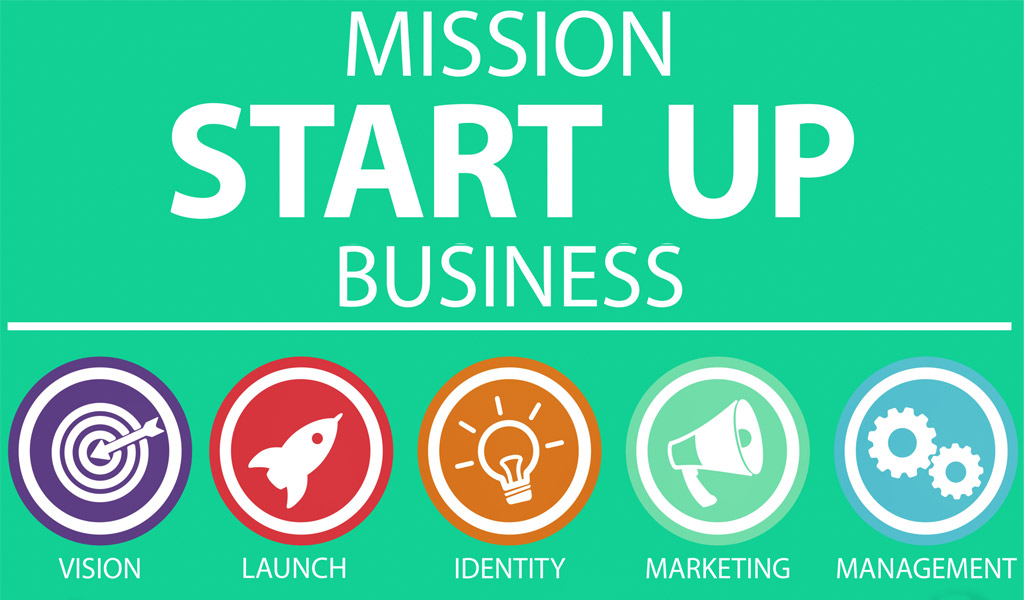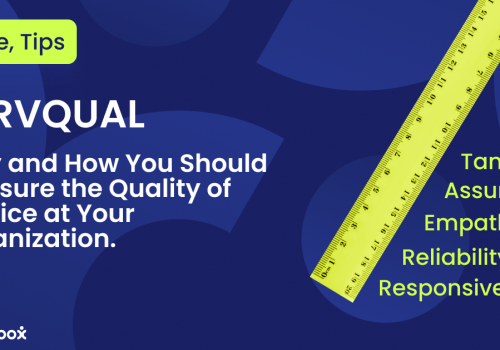Early-Stage Startup. When you’re in the early stages of a startup, life is exciting, but it’s also very stressful. Startups are inherently risky. In fact, approximately 9-% of startups shut down before they grow enough to be self-sustaining. A study of 101 failed startups shed light on exactly why startups fail. The top reason startups fail is that there’s no market need for the product or service. No market need accounts for a massive 42% of failed startups. Sometimes we have what we think is a great idea, but it’s only great if it adds value to people in the real world.
The second biggest reason that startups fail is that they run out of cash (29%). This is why having an investor is so important. Investors can make or break your startup, giving it the legs to get off the ground.
Early startups need investment but getting this investment can be extremely tough. Investors today are investing more money in startups than in the past, so you’d think that a startup with a great idea would be in a great position to get investment in 2020. However, you’d be wrong. Investors are investing in fewer deals. They are rejecting most of the proposals that land on their desk. If you want to secure an investor, you really have to prove the worth of your startup. You have to convince investors that they will get a great ROI by investing in your company.
With that in mind, here are the top 7 things that investors are looking for in early startups.
1. Product/Market Fit
Put simply, product/Market fit is the degree to which your product satisfies a strong market demand. It’s about having a product that the market wants and is willing to pay for. Investors want to see that your product holds value to your customers and that more and more customers are recognizing this value. They want to see things like:
- Increasing numbers of customers signing up for your service or buying your product.
- Your company was forced to hire a sales agent or a sales team to meet demand.
- You were forced to make a formalized process.
- You were forced to hire a customer service agent or a customer service team to address the needs of your growing customer base.
- Reporters (local or international) have noticed your product and approached you for an inside scoop or story.
Without a product/market fit, your startup is dead. Getting product/market fit right is essential to having a successful startup, and it goes beyond just having a great idea. For example, let’s take a look at Coca Cola. There are three core components to Coca Cola’s successful product/market fit.
The first is the price. A can of coke costs between $1 and $2. This is a price consumer are willing to pay for the product. If coke suddenly increased their average price to $5-$6, then you’d probably find a whole lot fewer people buying coke – it’s no longer a good fit.
The second component is the core product. This is what the product is offering and its unique appeal. With Cola Coca, the core product is the taste of the beverage. If consumers want that exact taste, then they’ll have to buy a coke.
The third component is the brand or marketing. This is the “pull” of the product due to the marketing and brand integrity surrounding it. It should come as no surprise that Coca Cola is a hugely successful brand. At this point, it has well over 100 years of marketing under its belt and has managed to create a recognizable and respected brand. Consumers are willing to pay more for a coke, even when there are less expensive alternatives on the market.
For your product or service to achieve product/market fit, all three of these things need to be present.
2. Robust Business Plan
If you’re looking to attract investors, then you need a solid and robust business plan. Investors want to know that you haven’t got your head in the clouds. They want to know that you can be realistic about your future and have a plan for how to get there.
Here are some tips on how to improve the content and presentation of your business plan:
- Know your audience – It’s a good idea to have several versions of your business plan. For example, you might want to adapt your business plan so you have a version for venture capitalists, individual investors, banks, and even a company that might want to do a joint venture, rather than directly fund you. Remember who you are writing for and only include the information that that person would want to see.
- Know your competition – Do your research about your competition and be prepared to tell readers what makes your company or product distinct from your competitors.
- Always provide proof – When investors look at your business plan, they will be looking to pull it apart. You are asking them to risk their money, so they will want to eliminate as much risk as possible. This means they are going to go through your business plan point by point and expect to see evidence for the claims you make. Do the research now or expect to be put on the spot to answer it in a later meeting.
- Be realistic – It’s good to be passionate and optimistic about your startup, product, or service, but you must be realistic in your business plan. Let your passion come across in your exuberance during meetings but keep your business plan grounded in realism and facts.
- Be conservative about financial projections – It’s better to be conservative about your financial projections than to predict amazing things, even if you are confident in your assertions. For example, if you expect to capture 50% of the market, you could say 15% in your business plan. Make predicts that you are 100% confident you can achieve, and you can hint are grander achievements.

3. Market Size and Finding the Right Investor
When it comes to market size, generally speaking, bigger is better. If you are looking to capture a billion-dollar market, then you’re going to get the attention of multiple investors. However, it’s not just about attracting investors with a lot of money, but also about attracting the right investor. If you’re looking for $30K to $70K investment, a large venture capitalist firm is unlikely to invest. Why? Because they want to see huge returns on their investment, so it doesn’t make sense for them to invest a small amount. However, not every startup can justify pitching for a large sum of money.
4. Minimum Viable Product
This is about ensuring you have a product that customers actually want and will pay for. You might have a product that solves a common pain point, but customers might still not want it for another reason. Let’s look at a very basic example, a cup holder that sits on the wall in your workshop. This cup holder might solve the problem (pain point) of having your cup on the work surface, which is less than ideal when you have several tools lying around. However, there are several reasons why this product wouldn’t be viable for most people. Firstly, it only fits one shape of cup, so you always have to use or buy the same cup. Secondly, the holder has to be made of hardwood to remain stable. Hardwood is expensive and therefore the cupholder will be more expensive than many people would be willing to pay.
When speaking to investors, you must keep your customers at the forefront of your mind. Talk to consumers and see what they actually think about your product. With that in mind, here are some questions you need to ask yourself when creating your MVP:
- Who are your customers?
- Who is the end-user of the product? (this could be different from the customer. For example, you might be making a product for young children. The customer would be the parents, but the end-user would be the children. The product has to satisfy both parties).
- Why would the end-user want your product?
- Why are you building your product?
5. Something Different
You have to show your investors that your product or service is a differentiator from your competition. Let’s say you have a dating app. How is this dating app different to Tinder? Is it significantly different? Is it offering something that customers want but can’t get on Tinder? Investors don’t want to invest in another Tinder because we already have one and Tinder already has the attention of the market. If your product isn’t different enough, then you won’t convince people to use your app instead of Tinder, and your app won’t get anywhere.

6. Strong Leadership
No investor will want to invest in a company with poor leadership because if they can’t see you leading your team, then they won’t trust you to manage their money. They want to see a strong leadership team and a united business.
When it comes to strong leadership, many people get the wrong idea about what qualities they need to showcase. Many people think that showing you’re a strong leader means being loud, confident to the point of being arrogant, and dominant. In reality, these qualities don’t signal good leadership and won’t inspire confidence in your team or your startup. Here are the qualities you should focus on instead:
- Diversity of skills – A strong leadership team should be made up of people with different personality types. Maybe you are particularly gregarious and good at public speaking. If so, then you’re a great person to lead sales, marketing, and investment meetings. However, you can find yourself in hairy situations if you stumble on technical questions. This is why you want a technically minded person on your leadership team.
- Listening to your team – Investors (or anyone) don’t want to work with people who aren’t good listeners and can’t take advice on board. It’s good to be confident in your startup, but never blur the lines between confidence and arrogance. Remember that investors have seen countless startups come through their doors and have expert knowledge on what startups will succeed and which will fail. You have the opportunity to learn plenty of things if you listen.
7. Traction
Investors want to see that your startup consists of more than a great idea. They want to see that you’ve got some momentum behind your product. Investors see hundreds of “great ideas” every year, but many of these companies never get beyond this stage. Investors are much more likely to invest in your company if you show them you are more than an idea. Have you hired great talent? Have you talked to your customers? Have you been resourceful with the little funds that you have?




















